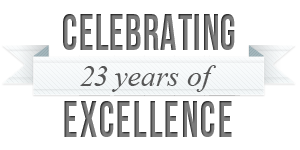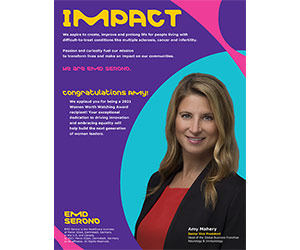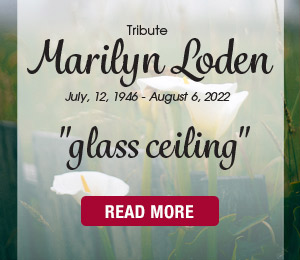What can be done to increase diversity in STEM fields?
This question requires a multi-faceted answer: (1) We need to get all types of diverse individuals interested in STEM (this is, perhaps, the easiest part) (2) We need to expose them to other individuals like them in STEM to demonstrate it is a worthwhile goal, fulfilling, and attainable (this takes a little more effort), and (3) We need to ensure diverse individuals in STEM are not blocked by stereotypes, biases, unwarranted assumptions, lack of mentoring, or lack of opportunity (this is the hard part). All three initiatives are important pieces to achieving more diversity in STEM fields, and laying off the gas pedal on any one of these components would be doing a disservice to the goal of increasing diversity in STEM fields.
What barriers do you see to closing the gender gap in STEM?
This is an interesting question that is probably the subject of a lot of debate. Because historically there has been a gender gap in STEM, there is already this perception of more “experts” in a particular field being – let’s be frank here – male. That is a tough barrier to overcome. Even more, sometimes there is a perception of what other people perceive. In the world of law, if someone who wants to promote women is going to trial, for example, but believes the jury that will be empaneled has set views of what women should and should not do, that individual may end up promoting the very beliefs they are set against. Finally, in STEM, there are likely well-respected individuals in roles of leadership that may not hold the most progressive beliefs. We need to stand up to this. If there is a person in leadership espousing the belief that women “can’t do science,” that person needs to go.
Where do you see women in STEM in five years?
I’m an optimist. I see more women in STEM, and many taking on more leadership roles, more management roles, and being exposed to more opportunities and experiences. I see them not only in the field, but also in the literature and programs used to educate our kids about STEM-related topics. I also see them innovating and leading the charge on technologies directed at and focused on women’s health – a traditionally overlooked and understudied subject matter. I see them unabashedly supporting other women in achieving these goals.







